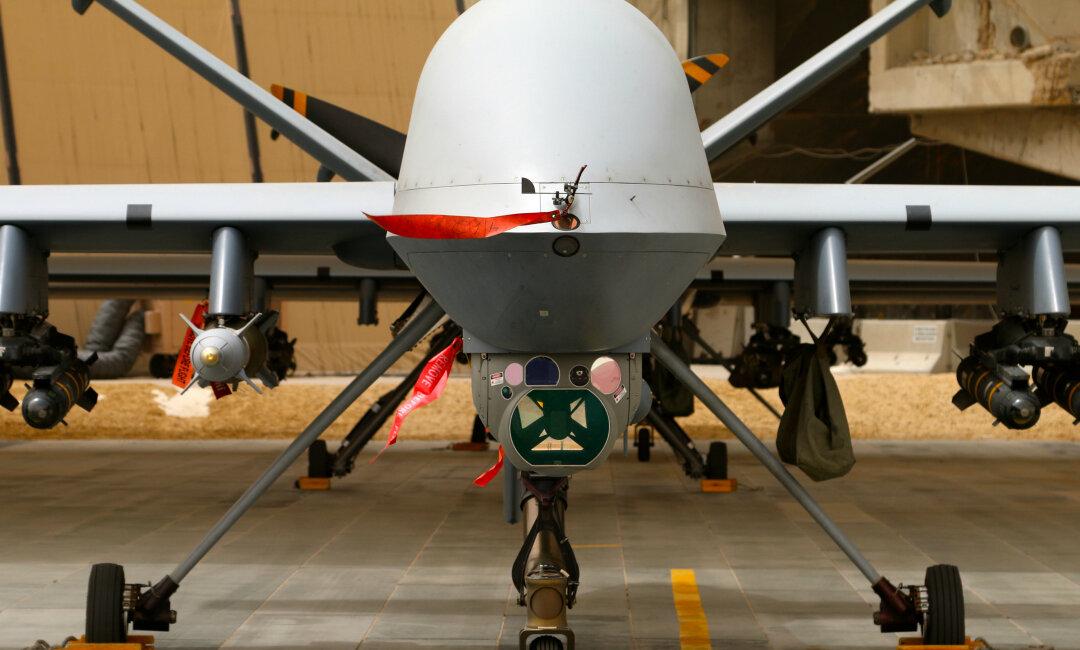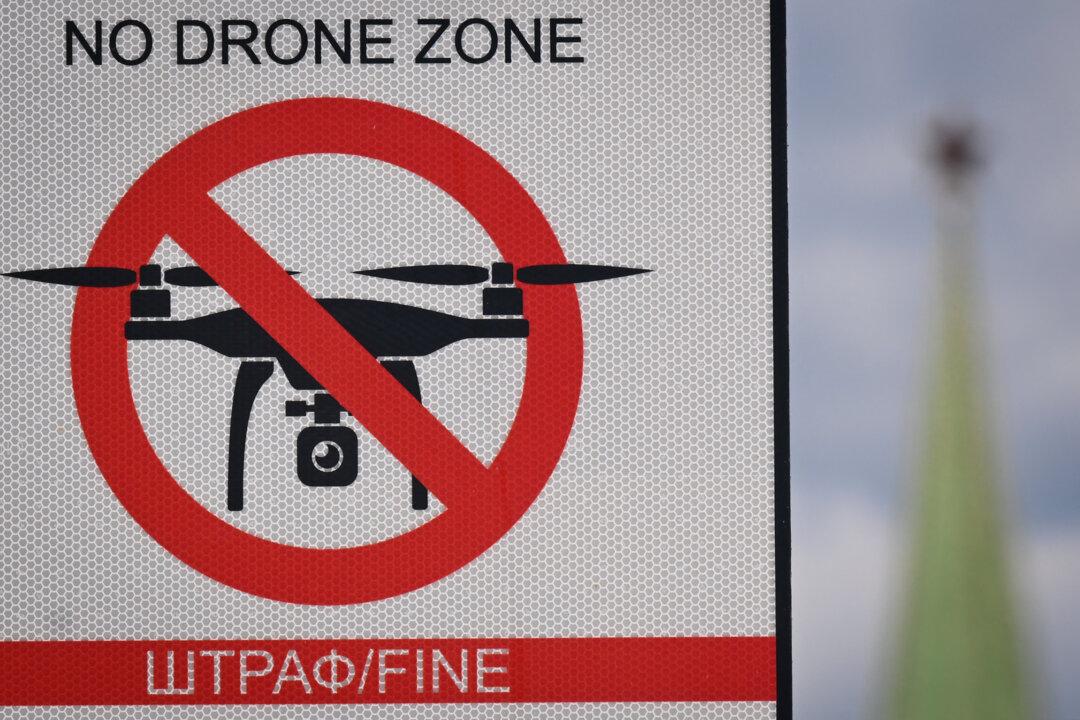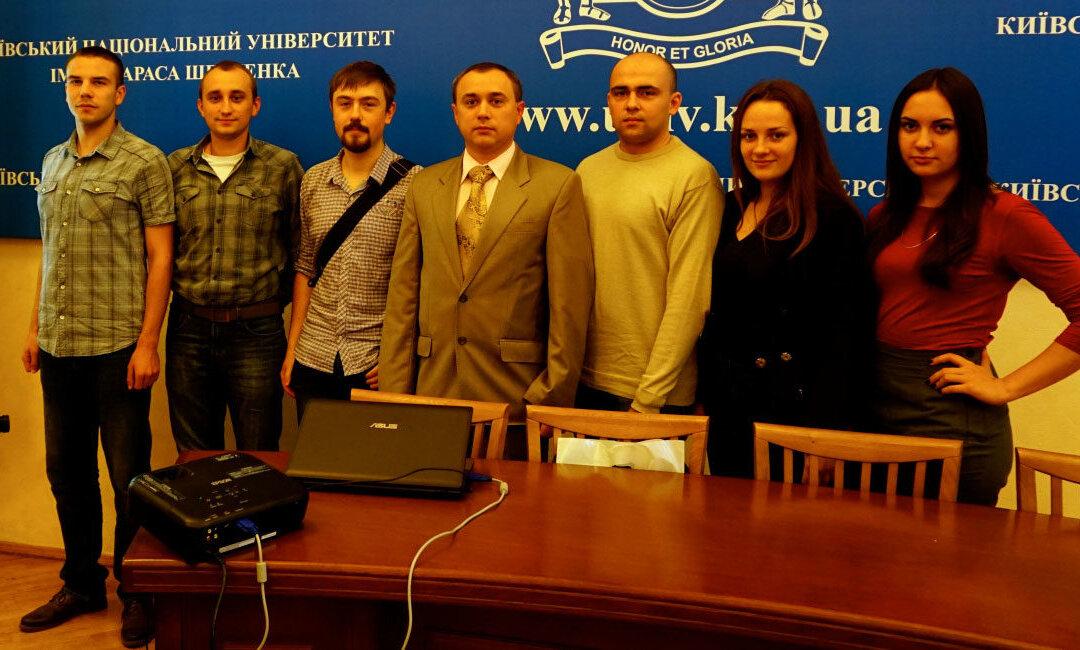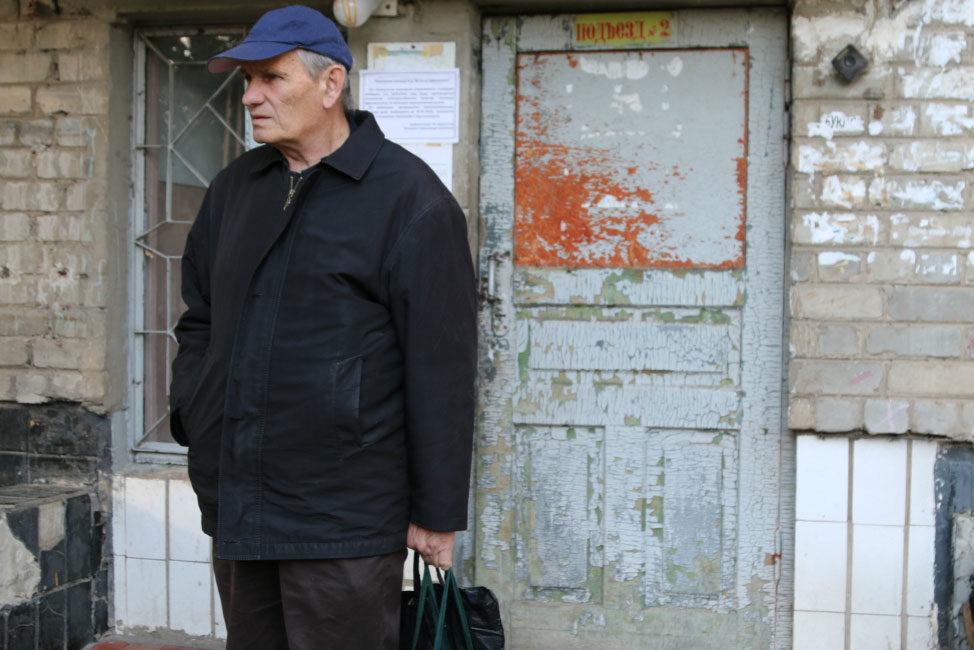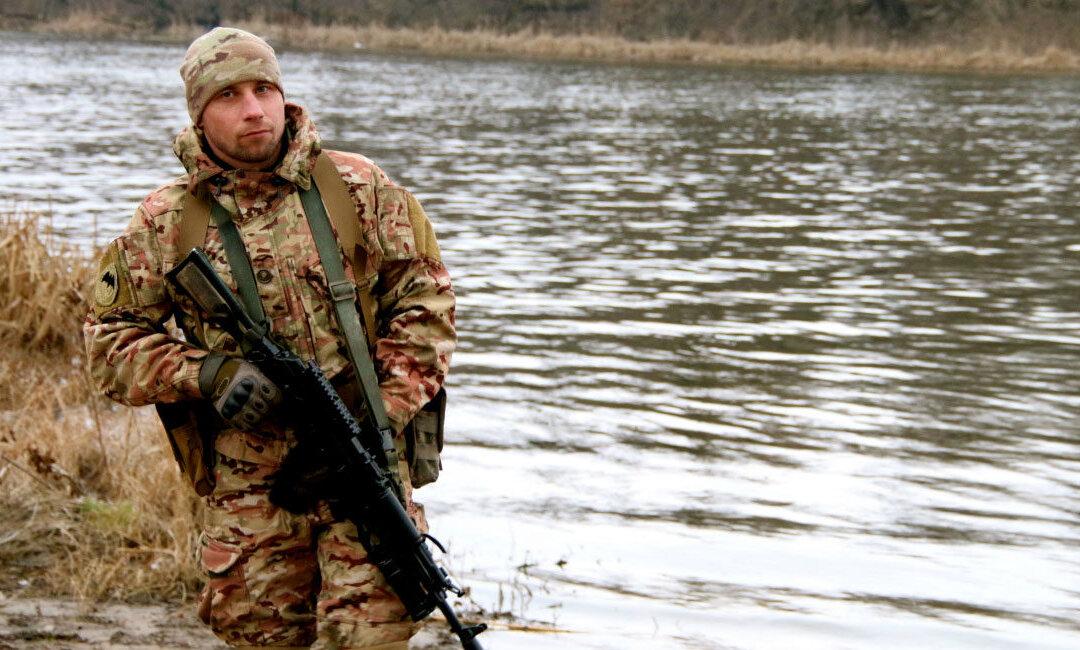COALITION AIR BASE, Persian Gulf Region—Framed by a matted khaki sky, a Royal Air Force MQ-9 Reaper drone armed with four Hellfire missiles and two GBU-12 laser-guided bombs takes off from this undisclosed location.
The unmanned aircraft is on its way to Iraq or Syria as part of Operation Inherent Resolve, the coalition air war against the Islamic State, the terrorist army also known as ISIS.
There is a 16.1 percent chance the Reaper will return to this base with fewer rockets and bombs, according to RAF data.
“We’re looking for deep targets,” RAF Group Capt. Jim Frampton told The Daily Signal.
“Leadership, foreign fighters, finances. This platform lets us understand how Daesh is functioning,” Frampton added, using a disparaging Arabic acronym for ISIS.
